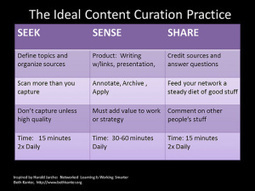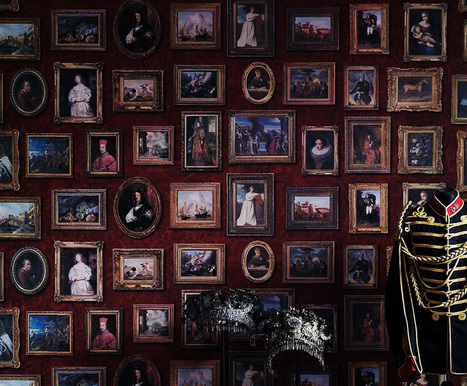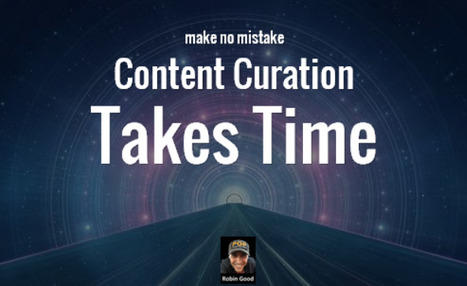Notwithstanding the viral content-marketing tam-tam keeps selling the idea of content curation as a miracle-shortcut to work less, produce more content and get all of the benefits that an online publisher would want to have, reality has quite a different shade.
To gain reader's attention trust and interest, it is evidently not enough to pull together a few interesting titles while adding a few lines of introductory text.
Unless your readers are not very interested themselves into the topic you cover, why would they take recomendations from someone who has not even had the time to fully go through his suggested resources?
Superficially picking apparently interesting content from titles or even automatically selecting content for others to read is like recommending movies or music records based on how much you like their trailers or their cover layouts.
Can that be useful beyond attracting some initial extra visibility?
How can one become a trusted information source if one does not thoroughly look and understand at what he is about to recommend?
This is why selling or even thinking the idea of using content curation as a time and money-saver is really non-sense.
Again, for some, this type of light content curation may work in attracting some extra visibility in the short-term, but it will be deleterious in the long one, as serious readers discover gradually that content being suggested has not even been read, let alone being summarized, highlighted or contextualized.
Content curation takes serious time.
A lot more than the one needed to create normal original content.
To curate content you need to:
Find good content, resources and references. Even if you have good tools, the value is in searching where everyone else is not looking. That takes time.
Read, verify and vet each potential resource, by taking the time needed to do this thoroughly.
Make sense of what that resource communicates or represents / offers and be able to synthesize it for non-experts who will read about it.
Synthesize and highlight the value of the chosen resource within the context of your interest area.
Enrich the resource with relevant references, and related links for those that will want to find out more about it.
Credit and attribute sources and contributors.
Preserve, classify and archive what you want to curate.
Share, distribute, promote the curated work you have produced. Creating it is not enough.
(While it is certainly possible to do a good curation job without doing exactly all of the tasks I have outlined above, I believe that it is ideal to try to do as many as these as possible, as each adds more value to the end result you will create.)
These are many more steps and activities than the ones required to create an original piece of content.
Curation is all about quality, insight and attention to details.
It is not about quantity, speed, saving time, producing more with less.
Robin Good
Via
Robin Good,
Marta Torán



 Your new post is loading...
Your new post is loading...


























Me gusta.
Los curadores de contenidos ayudando a impulsar el aprendizaje en las organizaciones.
Ricard Lloria (@RLloria) nos cuenta qué es la curación de contenidos y los elementos clave del rol de curador.
Revisa también sitios o plataformas para realizar esta tarea y algunos modelos de aprendizaje organizacional que incluyen la curación.